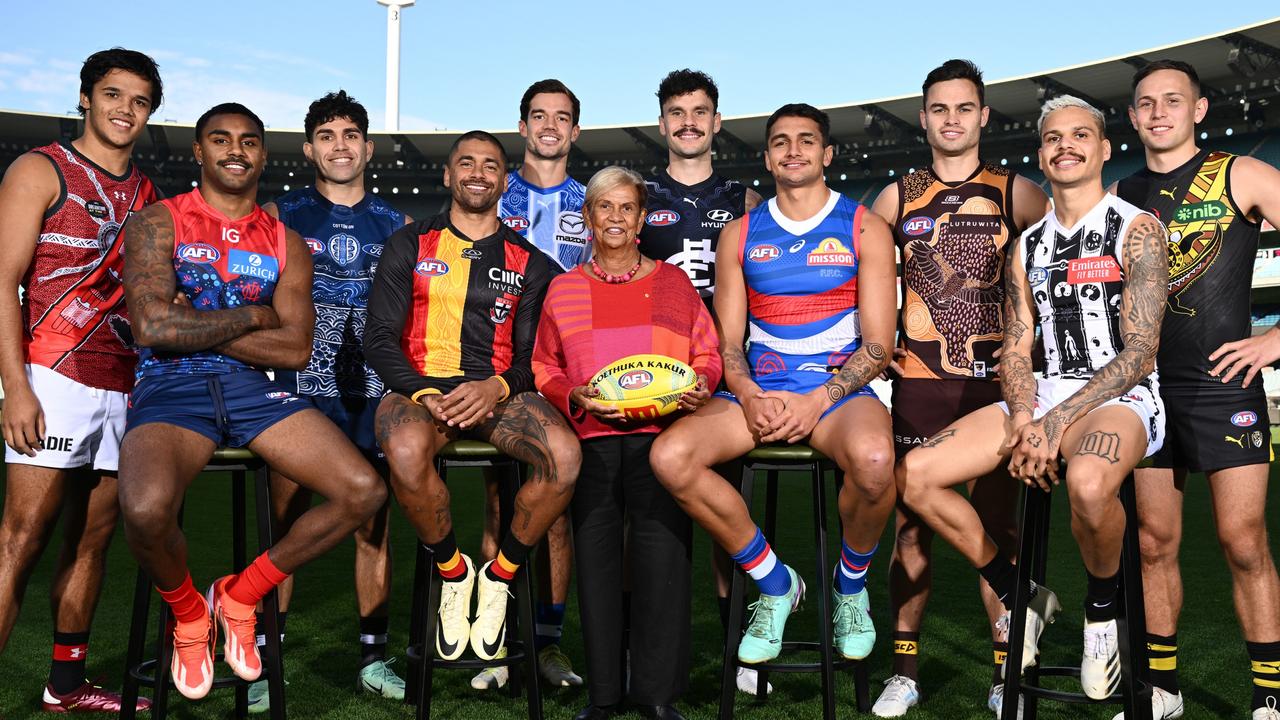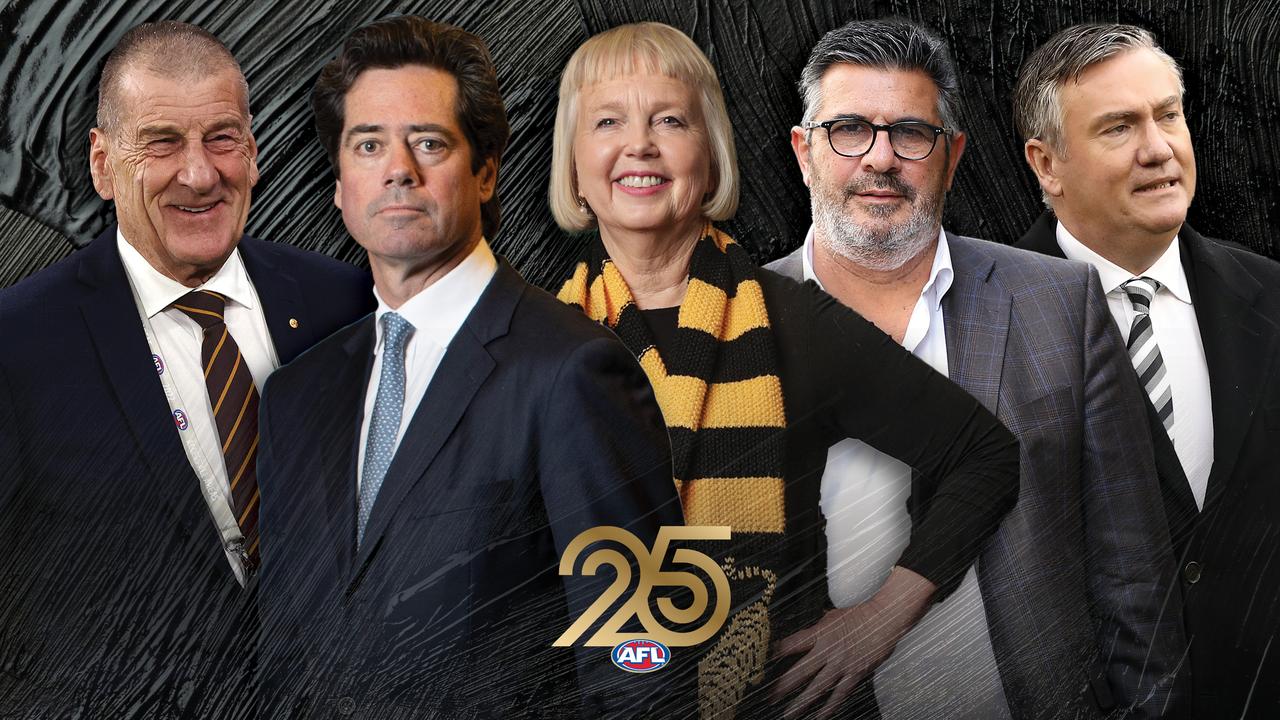Mark Robinson: Inside the complexities and long-term health fears clouding sport’s concussion debate
Past AFL players are living in fear of the long-term impact of head knocks. But as MARK ROBINSON writes, the issue has become clouded by factors beyond the health impacts of playing football.
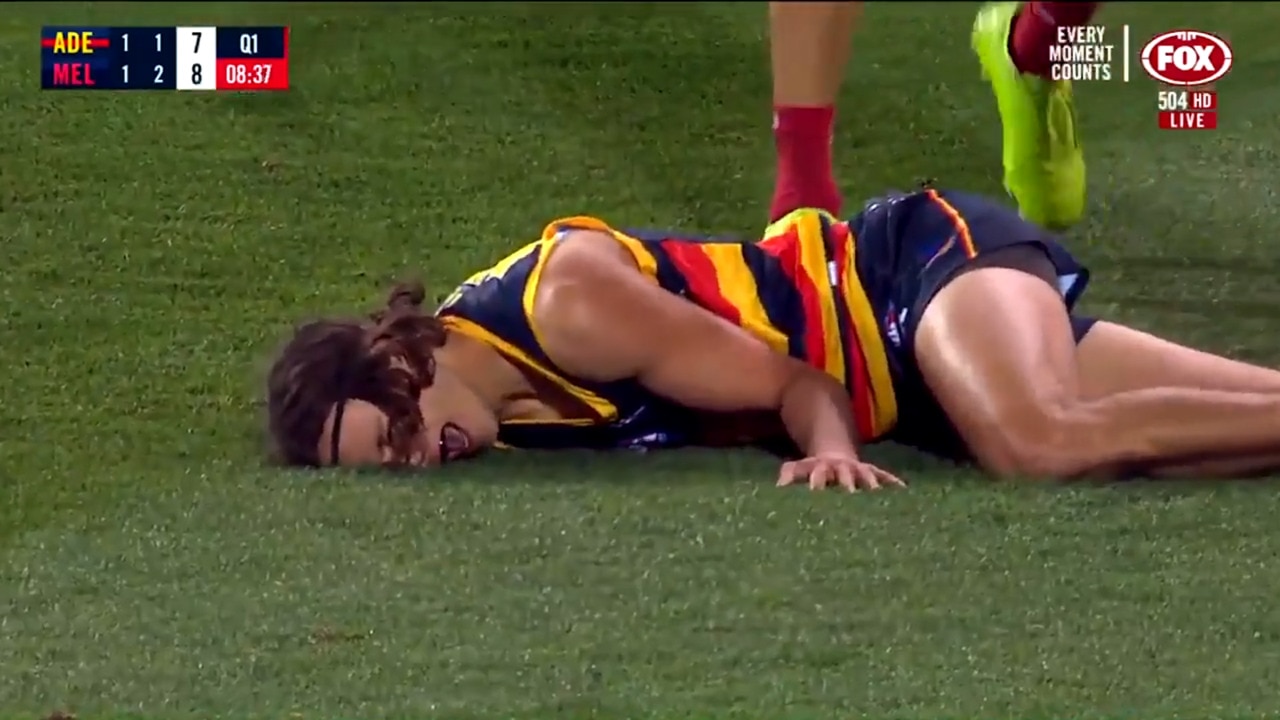
AFL
Don't miss out on the headlines from AFL. Followed categories will be added to My News.
Here’s a reality TV idea.
Plonk a camera in the next gathering of the FIFTH QTR Foundation and watch and listen to former AFL players talk about killing themselves.
It sounds gruesome, but it’s real.
Last Monday, a former player, a champion of the 1980s, did exactly that.
People there were horrified by the graphic detail. It was so deeply personal.
The former player believes he has brain damage — or CTE (chronic traumatic encephalopathy) — which experts say is likely caused by the repetitive head trauma.
Symptoms of CTE can include memory loss, confusion, anxiety or depression, risk-taking, aggression, drug and alcohol abuse and progressive dementia.
The champion player is one of many. But how many?
That’s one question that can’t be answered, although if you included community footballers as well, the answer may well be in the many thousands.
At AFL level, the number of former players believing they have a brain injury is growing.
Barry Mitchell, the star Sydney, Collingwood and Carlton midfielder, is one of them.
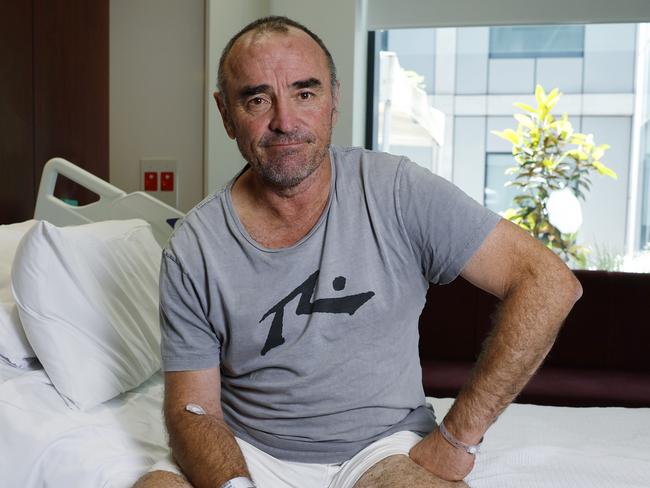
He joins a list of players who have been in the public with their concussion battles. They include Nigel Kellett, Alan Stoneham, Chad Rintoul, Dan Venables, Liam Picken, Max Rooke, Shaun Smith, Kade Kolodjashnij, Danny Frawley, Shane Tuck, Chad Liddell, Jay Schulz, Patrick Bines, Matty Robbins and Justin Koschitzke.
Players recently forced into retirement include Paul Seedsman, Angus Brayshaw, Nathan Murphy, Paddy McCartin, Jack Frost and Brad Ebert.
The AFL, the AFLPA and club bosses keep saying that concussion is the biggest issue in the game, but arguably, how to deal with the former cohort is even more complex.
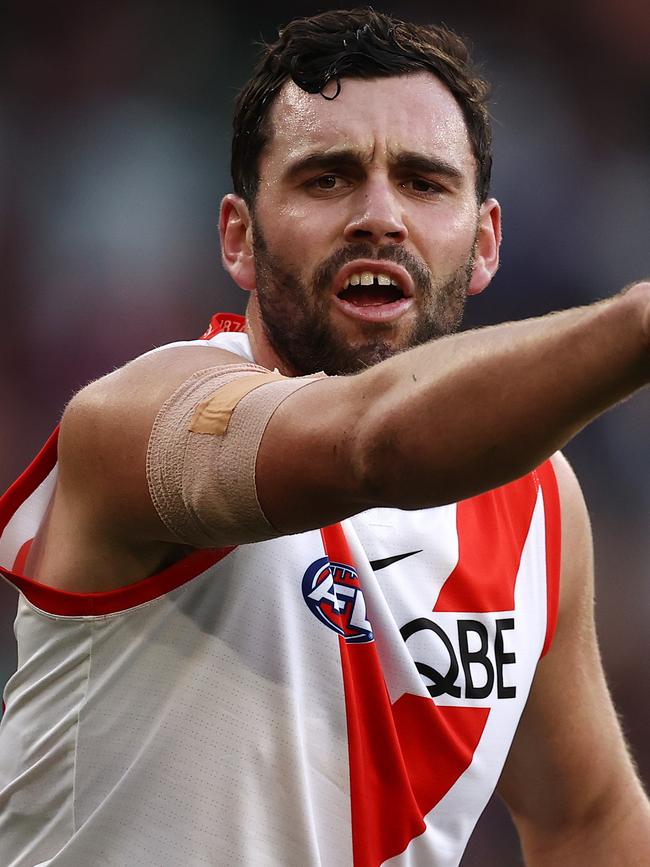
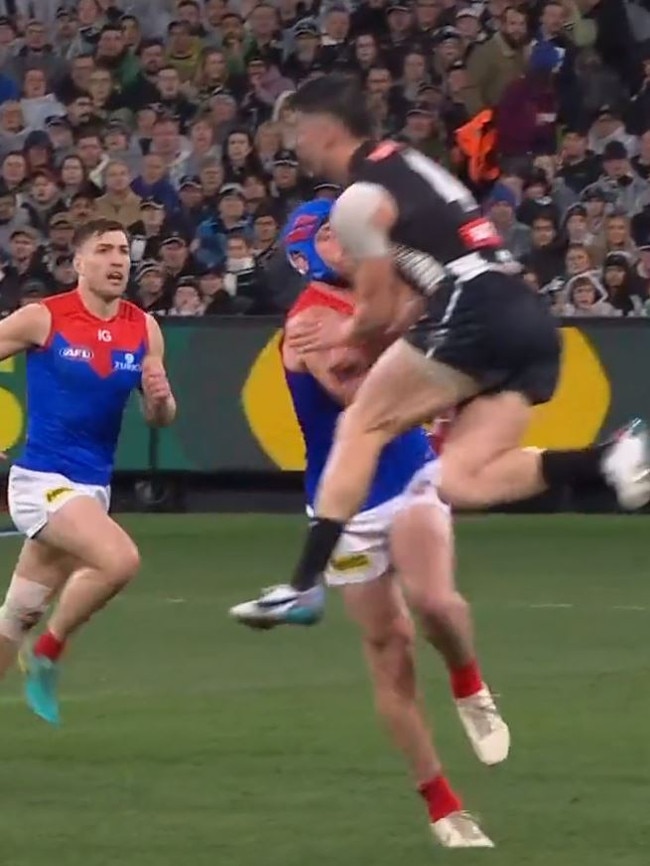
There’s CTE sceptics at the AFL about how it is linked to footy.
There’s players saying they are not getting enough support.
There’s distressing truths and unquestionably opportunists
And, of course, there’s the money.
There’s always the money.
The impact of concussion and subclinical concussions – which is smaller-force head impacts which causes sudden brain movement without clinical symptoms – is not a relatively new and devastating outcome for former players.
In 2013, the respected Journal of Science and Medicine in Sport completed a survey of 592 former players to investigate the players’ long-term health and wellbeing.
It found that a “majority of past players experienced serious injuries (76 per cent) and concussion (73 per cent) throughout their career, both increasing significantly with the number of games played’’.
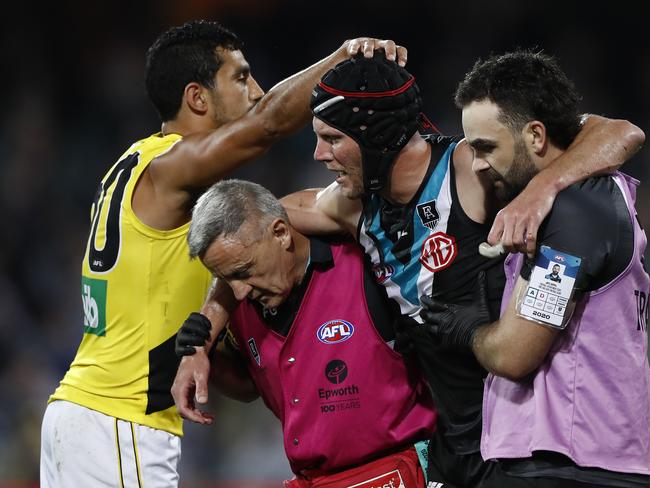
‘’Of those who received injuries, 60 per cent require ongoing treatment, yet only six per cent receive treatment costs covered by their club or the AFL Players’ Association.’’
This year, FIFTH QTR, an organisation supporting AFL and AFLW player health and wellbeing, sent a questionnaire to former players.
Upwards of 500 responded with tales of physical hardship and neurological problems.
The plan is to deliver the anecdotes to the AFL with hopes of increased support for the players.
In the meantime, private insurance for modern-day players is skyrocketing, so much so that even at the national draft on Wednesday night, several parents made inquiries about insurance for their boys. It’s believed the AFL is supporting that exercise.
For the majority of past players, however, there’s no insurance, there’s certainly no workers’ compensation and the AFLPA Injury and Hardship Fund, while it has helped some players with medical expenses, is a work in progress.
Some players, such as 58-year-old Mitchell, have not worked for nearly a decade.
Mitchell, and others, believe the AFL has turned their back on them. They believe that they are not believed, or are not treated with respect for helping to build the game to what it is today
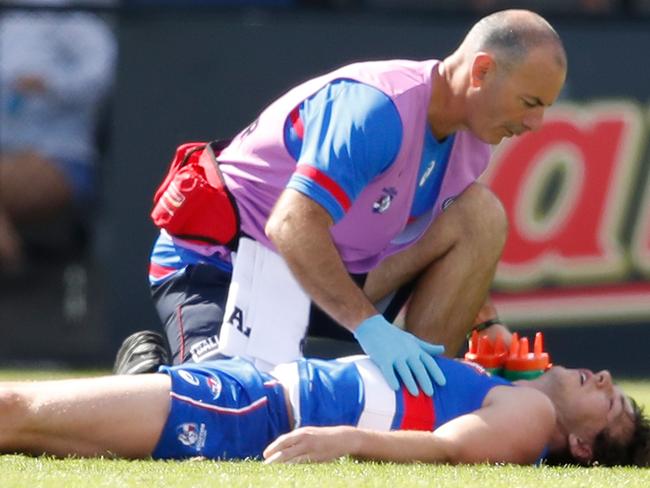
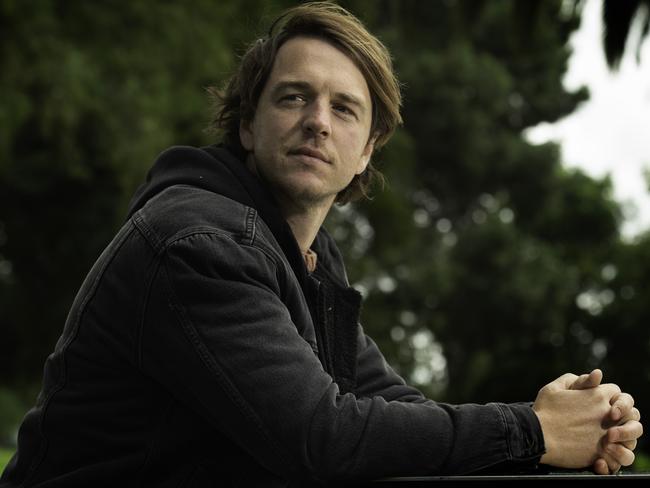
”I know I’ve got a brain injury,’’ Mitchell said. “And so have a lot of players.”
Clearly, the growing list of damaged former players and their fight for financial and medical support is seemingly an issue brimming to the top of the too-hard basket.
Mitchell believes everyone must come together to find a solution and park their self-interest. Accountability is paramount. ‘’Everyone’s got to be honest,’’ Mitchell said.
The AFL should be applauded for the constant changing of rules to protect the head, but soon enough it may have to opt for the nuclear option.
Guessing here, but it seems there’s more concussions and body contact now than there’s ever been in the game and that’s because of congestion.
Starting positions at stoppages or from behinds or at boundary throw-ins is being discussed at headquarters as a possible solution to the congestion.
There are fears at club level about AFLW, too.
Anyone who watches those games admires the tenacity of the players, but for God’s sake, can umpires blow the whistle quicker and pay free kicks to stop the players continually bashing into each other.
Thankfully, the condensed fixture is gone.
Asking some of the women to play every four or five days was probably the worst decision in AFLW history.
They need rest.
Another nuclear theory – which does not have support – is a mandated concussion passport for all draftees coming into the system.
For example, all the draftees on Wednesday and Thursday night would have their brains scanned now and scanned every year to monitor the structural integrity of their brain.
The issue. however, appears to be privacy.
The health of any player – in fact any person – is a private matter, but the question needs to be asked: What’s more important – privacy or long-term health?
“Footy is a beautiful, savage game,’’ Mitchell said.
“And we all played it, and we’d do it again, but who is looking after us now?
“To think that when players were taken from the ground on a stretcher, after being hurt or knocked out, the crowd would clap them off. Footy used to clap us, now it needs to help us.’’


